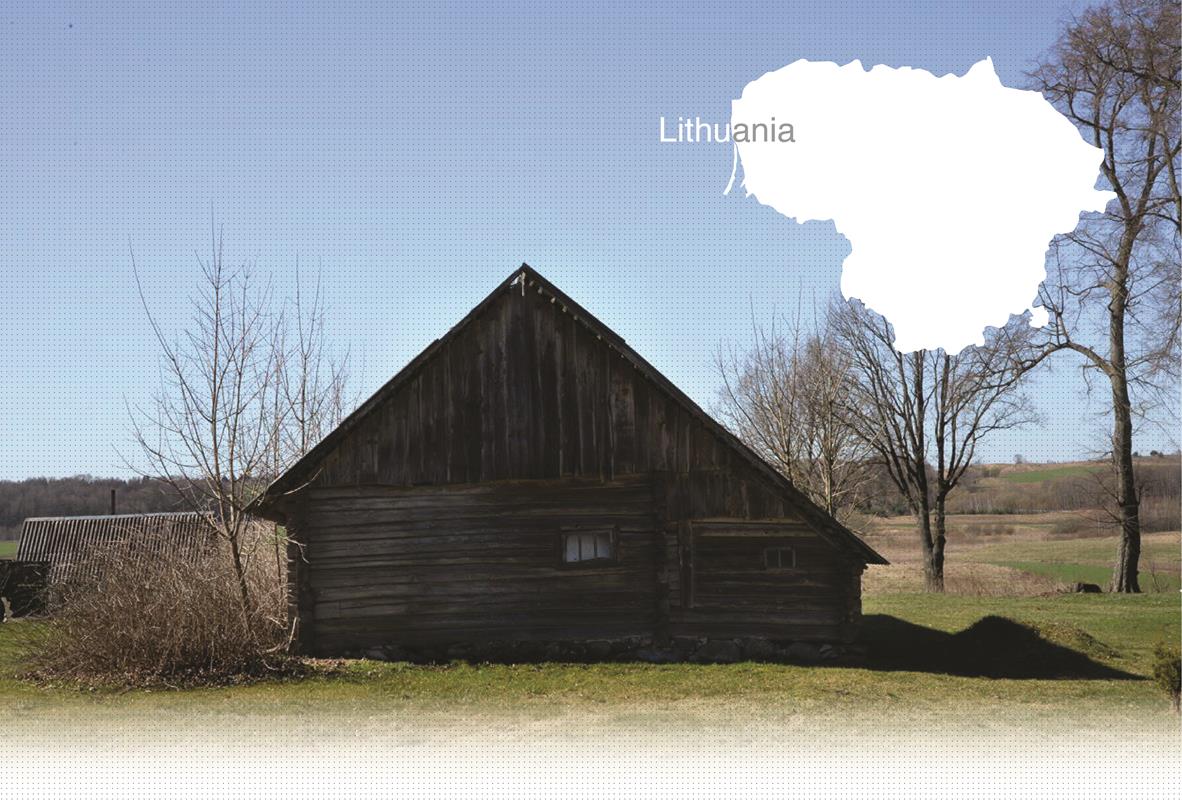

4 Killing site(s)
Witness Ona S., born in 1927, remembers the shooting of a Jewish doctor on the street in Seirijai: “One evening, we were standing in the garden near the road and saw two men escorting Doctor Garbarskas from town. The men were walking on both sides of him. They passed the intersection and were heading towards Garbarskas’s house. But suddenly, one of the men fell behind, took out a weapon and shot the doctor.” (Witness N°220, interviewed in Seirijai, on August 6, 2015)
“The second shooting took place a month after, in the middle of September 1941. There was a new police chief; […] he invited me to come to the police station. I was given a gun and was told to guard the ghetto in the Seirijai school building. I agreed to do the job and had to shoot if anybody attempted to escape, but nobody did. The shooting started in the afternoon and lasted till the evening, when all the shooters came back to Seirijai. The shooting took place near Baraučiškė manor.”
[Deposition of Vladas Pavilionis, born in 1905, Lithuanian farmer from Akočiai village, taken on September 5, 1944, Lithuanian Special Archives, Fund K–1, Inventory No. 58, File No. 46373/3, p. 58-61]
A Jewish community existed in Seirijai since the beginning of the 18th century. They mostly engaged in trade and commerce, but there were also several prominent Jewish farmers, while some families made a living by fishing in the nearby lakes. Over the centuries, Seirijai became a large trading center, hosting regular markets and annual fairs. Large fires ravaged the town in 1900 and 1912 and the deportations carried out during WWI caused much damage to the town’s economy and demography. The economic and public life in Seirijai flourished again during the interwar period. The second synagogue was built in 1927, and a Hebrew school with a large library was established. According to a survey conducted in 1931, there were 30 shops in Seirijai, all but one owned by Jews. 11 of 19 light industry factories operating in the town also belonged to Jews. Most of the buildings and other infrastructure of the town were destroyed during heavy bombing by German airplanes on the first day of the war.
German army entered Seirijai on June 23, 1941. During the first weeks, dozens of communists were arrested and shot, including a number of Jews. They were forced to wear Stars of David and prohibited from walking on the sidewalk. Other anti-Jewish measures were also introduced. Younger Jews, both men and women, were subjected to forced labor, such as repairing roads and mining peat outside town. In early August, more than a hundred able-bodied Jewish men were brought to Alytus to be shot. The rest of the Jewish population of Seirijai and the neighboring towns and villages remained confined in a school building until September 11, when they all were exterminated in the Baraučiškė forest, 3 kilometers away from the town. The victims were brought to the execution site on foot in three large groups, already undressed to their underwear. The third group of elderly victims was transported in carts. A witness interviewed by Yahad – In Unum saw a senior German officer filming the execution that was carried out by the local auxiliaries and lasted the whole day. The number of victims noted by Karl Jäger in his report was 953.
Do you have additional information regarding a village that you would like to share with Yahad ?
Please contact us at contact@yahadinunum.org
or by calling Yahad – In Unum at +33 (0) 1 53 20 13 17